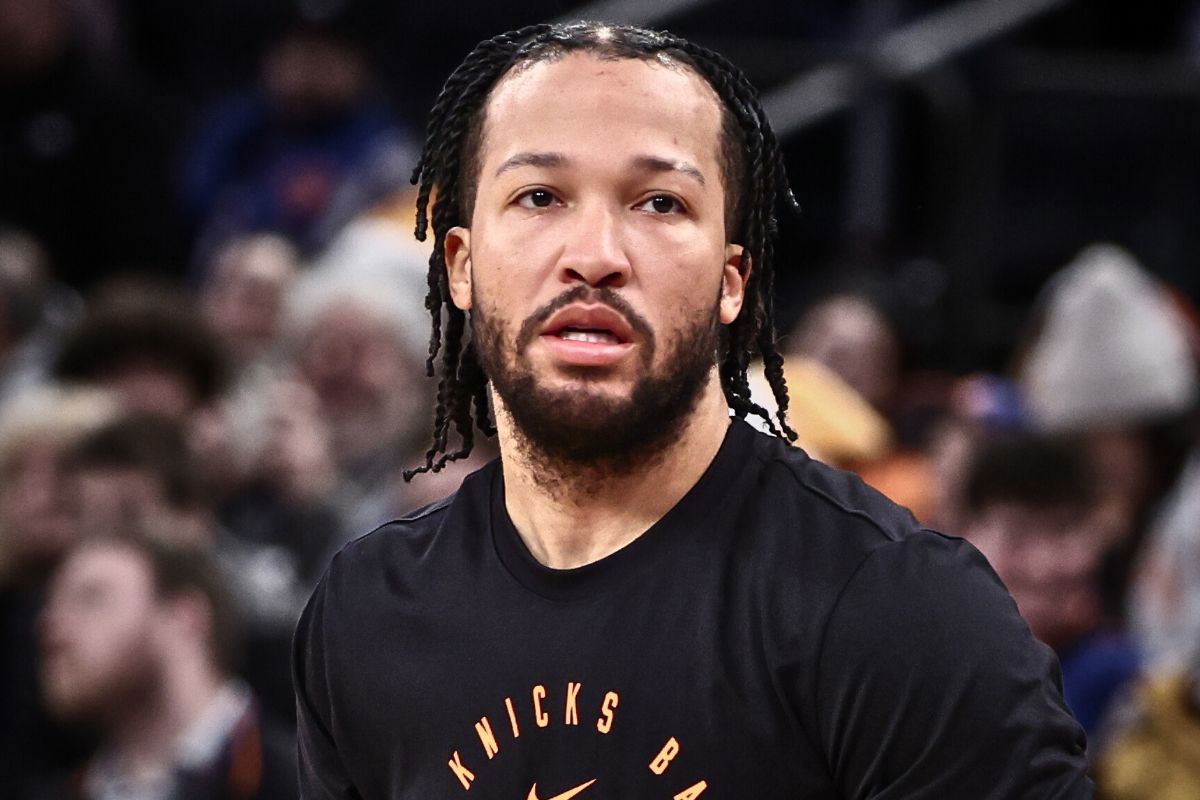
Imago
Dec 25, 2024; New York, New York, USA; New York Knicks guard Jalen Brunson (11) warms up prior to the game against the San Antonio Spurs at Madison Square Garden. Mandatory Credit: Wendell Cruz-Imagn Images

Imago
Dec 25, 2024; New York, New York, USA; New York Knicks guard Jalen Brunson (11) warms up prior to the game against the San Antonio Spurs at Madison Square Garden. Mandatory Credit: Wendell Cruz-Imagn Images
After “The Avengers” lined up at Paris for Team USA at the 2024 Olympics and snagged the gold medal, attention was always going to quickly move on to who would be next? Team USA has consistently shown unpredictability when it comes to rosters at international tournaments, and early roster talk has resulted in vastly different suggestions. Bill Simmons laid out an early starting five on The Zach Lowe Show that leans on young stars who shone in Paris and elsewhere, and his pick sent a clear signal about the profile USA Basketball might prefer going forward.
Watch What’s Trending Now!
“Starting five, Anthony Edwards and Tyrese Haliburton as the back court. We’re assuming Tyrese Haliburton will come back at 100%. I love both of those guys,” Simmons said while building his roster. And while he did name two obvious superstars, it is hard to ignore Jalen Brunson’s credentials heading into the 2028 conversation. Brunson won the 2024 to 25 Kia NBA Clutch Player of the Year award after leading the league in final five minute production, during which he averaged 5.6 points. He finished that season averaging 26.0 points and 7.3 assists while shooting efficiently in pressure moments.
The Zach Lowe Show stirred things up more when the panel tucked Brunson behind two rising East point guards in an early projection for 2028. On the episode Zach Lowe said “I went Cade Cunningham over Jalen Brunson, which is going to make Knicks fans angry.” Cunningham and Tyrese Haliburton occupy are flexible two-way guards but do not have the proven clutch scoring Brunson offers.
ADVERTISEMENT
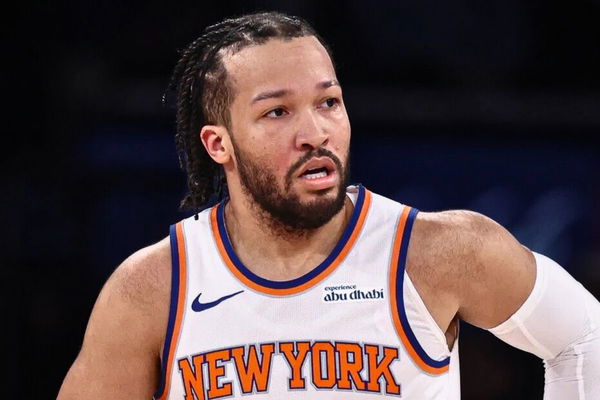
Imago
Feb 3, 2025; New York, New York, USA; New York Knicks guard Jalen Brunson (11) runs up court after basket during the first half against the Houston Rockets at Madison Square Garden. Mandatory Credit: Vincent Carchietta-Imagn Images
The stats give some meat to that conversation. Brunson’s 2024 to 25 line of 26.0 points and 7.3 assists came with league leading clutch scoring numbers and All NBA recognition, while Cade Cunningham put up 26.1 points, 9.1 assists and 6.1 rebounds in his breakout season, numbers that underline his bigger frame and playmaking upside. Tyrese Haliburton meanwhile averaged 18.6 points and 9.2 assists with excellent shooting splits and elite court vision, a profile that lines up perfectly with international play. Add in the age math and timeline considerations and the choice becomes clearer for some: Cunningham will be 27 in 2028 and Brunson will be 31, and international matchups often reward size and switching ability.
What this all comes down to is Team USA trying to balance present peak performance with long term fit for FIBA rules and opponents that have closed the gap. Cunningham’s 6 foot 6 frame and playmaking make him attractive in a tournament where positional versatility matters and the three point line is shorter, while Haliburton’s passing and shooting give coaches a floor general who can run multiple looks. Brunson’s clutch résumé is enormous and cannot be dismissed, but the early chatter from analysts like Lowe and Simmons suggests the committee might prioritize size and versatility when building a Los Angeles roster that must counter Europe and other deep national teams.
ADVERTISEMENT
The Brunson versus Cunningham and Haliburton debate is exactly the kind of selection headache USA Basketball faces as training camps approach, and it shows the shifting priorities for Olympic style basketball. Next we dig into the numbers behind Bill Simmons’ early starting five to see whether his construction really stacks up for international gold or if it is more wishful thinking than a medal blueprint.
ADVERTISEMENT
In-Depth statistical analysis of Bill Simmons’ 2028 Team USA
Bill Simmons’ projected starting five centers on youth and positional flexibility and comes with some eye popping per game production based on recent seasons. The core averages roughly 25.8 years old in 2028, which places the unit in prime athletic years, and their combined scoring output from the 2024 to 25 season projects to about 112.9 points per game if you add each player’s season scoring. That blend of scoring and youth is precisely why Simmons pitched this lineup for international play where athletic peak and depth matter.
Cooper Flagg and Paolo Banchero form the frontcourt spine in Simmons’ vision with very different but complementary skill sets. Flagg’s rookie numbers included 19.2 points, 7.5 rebounds and 4.2 assists while shooting about 48 percent from the field and 40 percent from three, and his defensive box score impact showed 1.4 steals and 1.4 blocks per game. Paolo Banchero supplied 25.9 points, 7.5 rebounds and 4.8 assists on 45.2 percent shooting, offering interior creation and playmaking that can punish mismatches at the international level. Jalen Williams then provides a smooth, switchable wing who averaged 21.6 points, 5.3 rebounds and 5.1 assists on efficient shooting.
Top Stories
Lakers Duo Close to Luka Doncic, JJ Redick Ready to Bid LA Goodbye in Depth Trades – Insider
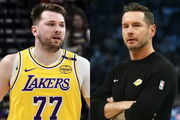
Did Zion Williamson Slide Into Sydney Sweeney’s DMs? Fact Checking the Viral Screenshot

DiJonai Carrington Publicly Criticizes WNBA’s ‘Greedy’ CBA Approach While Addressing League’s Unrivaled Stance

WNBA Responds to WNBPA Strike Authorization Vote With Official Statement
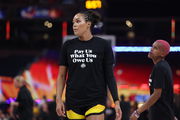
Calls Mount Against Dillon Brooks For ‘Intentionally’ Hurting Stephen Curry
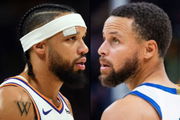
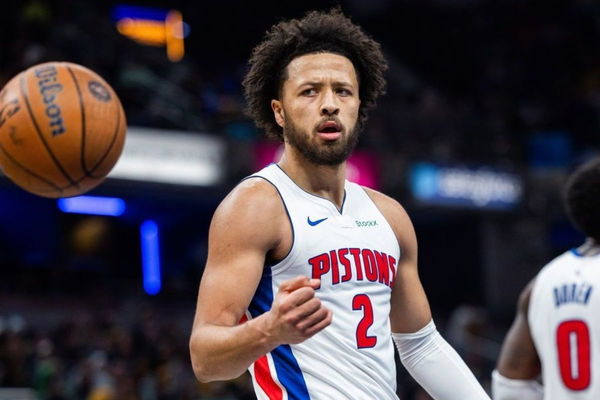
Imago
Nov 29, 2024; Indianapolis, Indiana, USA; Detroit Pistons guard Cade Cunningham (2) celebrates a made shot in the second half against the Indiana Pacers at Gainbridge Fieldhouse. Mandatory Credit: Trevor Ruszkowski-Imagn Images
Tyrese Haliburton and Anthony Edwards anchor Simmons’ backcourt and provide the pick and roll creation combined with finishing punch you want in FIBA play. Haliburton’s 2024 to 25 line of 18.6 points and 9.2 assists with about 47.3 percent field goal accuracy and near 39 percent three point shooting makes him a high end facilitator who also stretches the floor reliably. Anthony Edwards brings elite scoring at 27.6 points per game along with 5.7 rebounds and 4.5 assists while shooting nearly 40 percent from three, giving the team a primary engine for offense.
ADVERTISEMENT
With depth pieces like Chet Holmgren providing rim protection and Evan Mobley adding frontcourt versatility, Simmons’ construction looks capable on paper and projects as a strong gold medal contender if health and chemistry fall into place.
ADVERTISEMENT
ADVERTISEMENT
ADVERTISEMENT

